Mummy, There Are Monsters Under My Bed!
Parents are often concerned about their children having nightmares or sleeping restlessly. Confusional sleep states such as an 18 month old making noises and flipping around for a bit and then falling back asleep. A four year old child that starts crying out 2-3 hours after going to bed and then returning to sleep, or a six year old who sleepwalks. All these examples are unsettling to parents, but are actually quite normal sleep patterns for young children.
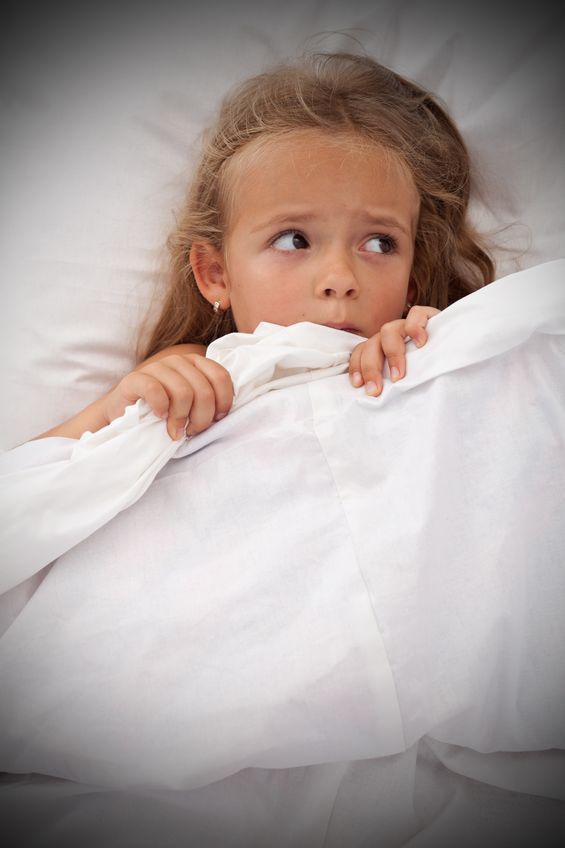
In young children up to age 5 or 6, confusional events are so common that most are typically considered development stages for a child and are very normal and expected. Most confusional states usually end with a quick return to sleep and sometimes they will reoccur only a little while later. Children have no recollection of these events.
What’s important for parents to distinguish is if their child is experiencing a night waking from partial rousing from Stage IV sleep or if the waking is a result of a sleep association i.e. the child hasn’t learned how to fall asleep on his/her own.
Typically if a child needs a parent to rock them, pat them, feed or provide some sort of assistance in order to fall asleep when they first go to bed, the child will quite predictable starting waking some time after midnight requesting assistance to fall back asleep. If no assistance is provided the child can become very distraught and will demand assistance until it’s provided. This is a sleep association which means that the child has not learned to fall asleep on his/her own and until they learn how to fall asleep independently when they first go to bed, they’ll continue to wake at night.
Night terrors, dreams, or sleep-waking are quite different and usually occur about 2-3 hours after a child goes to sleep. These occur because the first several hours of sleep the body enters a Stage IV sleep phase or the deepest level of sleep. The child has partial rousing but not completely from a deep stage four and may move about, call out- sometimes frightfully.
If it is a true night terror a child will not communicate directly with the parents, have no awareness of the parent and not be able to answer questions. A sleep association is when the child is aware and often, if they can speak, will make requests for the pacifier, bottle or some other assistance. During a night terror, a child will act out wildly and not respond to their parents. The child is not aware of what is going on and will not have any memory of the incident. It’s more frightening for the parent.
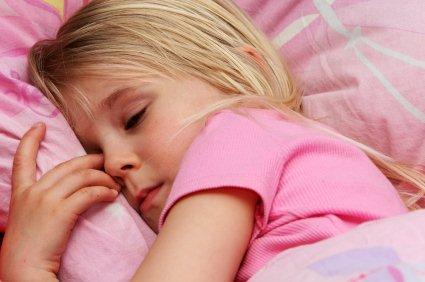
Again, under the age of six most of the following sleep patterns are quite normal and nothing to be alarmed by. There is no harm to the child, though it may be frightening for the parent:
- Brief body movements, some eye opening and mumbling
- Sleep talking
- Calmly sitting up, looking around blankly and lying back down
- Calm sleepwalking, semi-purposely either looking for something or going to the bathroom
- Agitated sleepwalking: confused, jumpy & upset and the child may appear to be trying to leave
- Confusional arousal: confused child yelling screaming, thrashing, moaning kicking. This can be prolonged and the child may look possess
- Sleep Terror: screaming with the appearance of fear or panic
Causes
While most of these patterns in child under age 6 are normal, there are certain situations that will make them more likely to occur.
- Developmental stages
- Being overtired or behind on sleep
- Having a job to do: For example: If a parent stays in the room with the child until the child falls asleep the child will try to wake to make sure the parent hasn’t left. This happens more with children who have a sleep association
- External Sensory Stimulations such as lights, noises or parent touching or disturbing the child while they sleep
- Inconsistent and chaotic sleep/wake schedule:to combat this establishing a predictable and consistent 7 days a week schedule is important
- Illness or medications
- Inherited Characteristics from parents.
By Tammy M. Fontana from All in the Counselling.
Tammy Fontana, MS, NCC CTRT Sex Therapist (USA) is the founder and mental health therapist for both All in the Family Counselling and Babysleepfairy.com. She has been providing professional counselling and sleep services in Singapore for over 8 years. She has her Master’s Degree in Mental Health Counselling (USA) and is a USA National Counsellor Counsellor (NCC) and Certified Choice Therapy Reality Therapist (CTRT). She is also a US trained certified Sex Therapist. She provides evidenced and practiced based solutions to parents, individuals and couples.
If you need help sorting out your child’s sleep or your own, contact Tammy Fontana, MS, NCC of All in the Family Counselling and Baby Sleep Fairy for help.
This article is published in The New Age Parents Magazine.
* * * * *
Like what you see here? Get parenting tips and stories straight to your inbox! Join our mailing list here.
Want to be heard 👂 and seen 👀 by over 100,000 parents in Singapore? We can help! Leave your contact here and we’ll be in touch.






































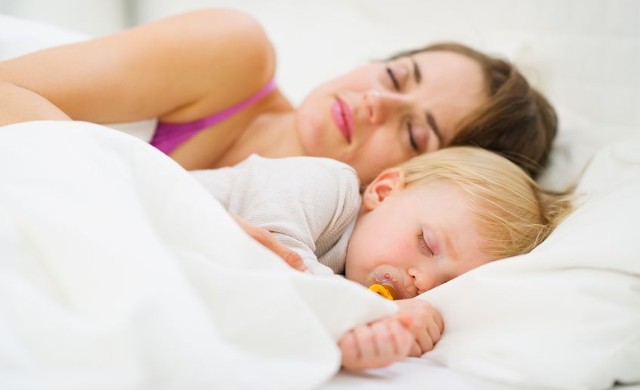
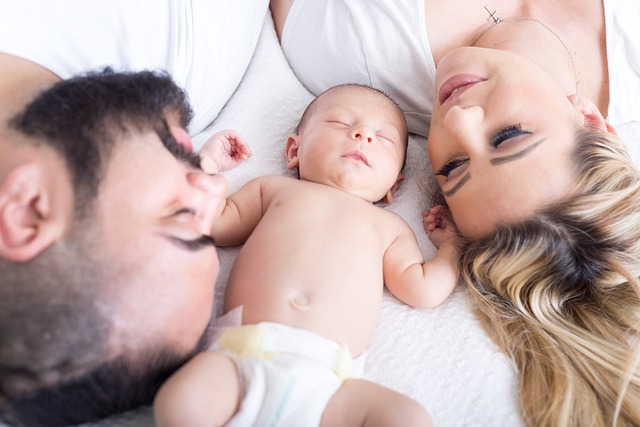
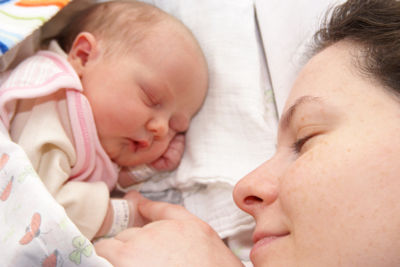
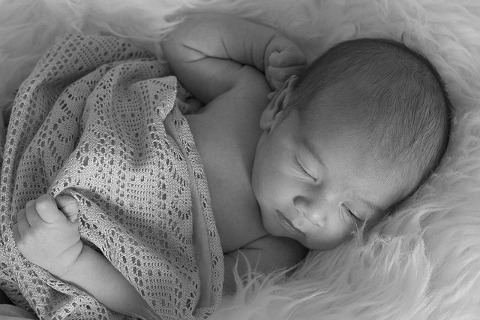
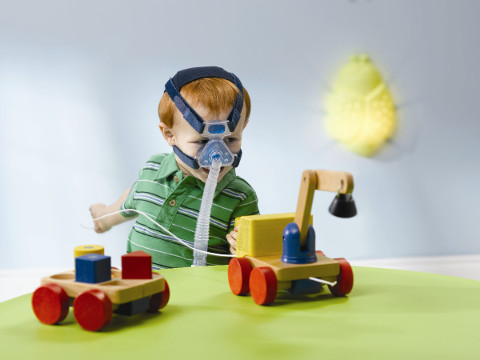
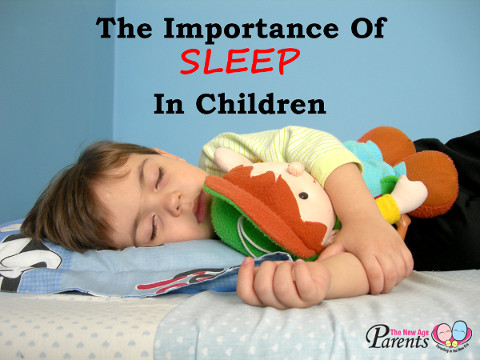


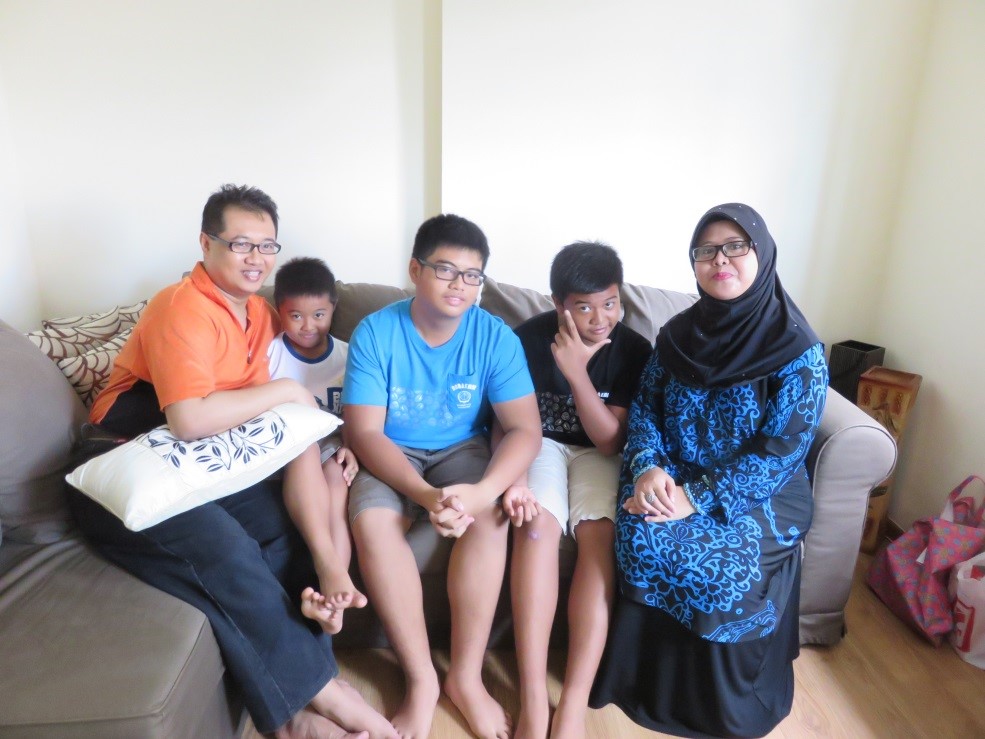


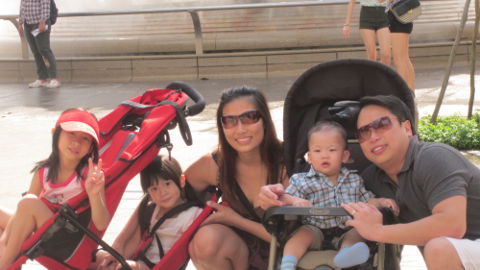
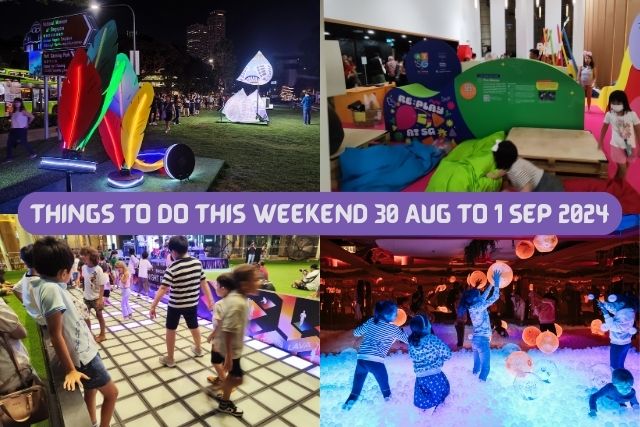








Leave a Comment: